Ever felt an earthquake making the floor wobble beneath your feet?
Or carried a tray with glasses rattling dangerously?
That’s when the Japanese onomatopoeia “Gura Gura” (ぐらぐら) comes in — a sound and feel of unstable, continuous shaking.
Before we dive in, hear what it sounds like!
What is “Gura Gura” (ぐらぐら)?
“Gura Gura” is a Japanese onomatopoeia that describes a large, unstable, and repeated wobble or shake.
It’s used in a few main ways:
For body condition: when your head feels heavy and unsteady.
For objects shaking: a chair about to tip, a tooth that’s loose.
For earthquakes: when the ground keeps shaking.
Pronunciation
goo-rah goo-rah
(Say it with a heavy, rocking rhythm, like a big object moving back and forth.)
Categories
Movement / Condition
What Does “Gura Gura” Look Like?
It looks like a building swaying in strong wind.
Like a cup trembling on the edge of a desk.
Like someone’s head wobbling when they’re too sleepy.

How Do You Say It?
Say it with a repeated wobble:
Gura… gura…
Like an unsteady bridge in the wind,
or your knees shaking after running too long:
Gura gura…
Example in Daily Life
Example: Earthquake tremor
The ground shook violently,
the walls swayed —
gura gura…
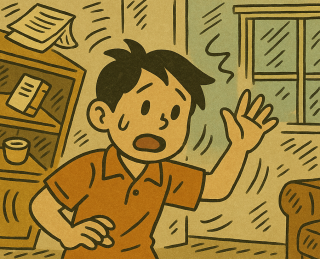
Just for reference, in Japanese, this would be:
じめんが、ぐらぐらと ゆれているよ。
Cultural Note
In English, you might just say:
- “Wobbling”
- “Shaking”
- “Loose”
But in Japanese, “gura gura” gives the visual + emotional impact of instability — you almost feel the object about to fall or collapse.
Watch & Feel the “Gura Gura” World!
Gura Gura on High Wires
Look at this spectacular high wire Gura Gura act!
Try Using It!
When a chair wobbles under you…
When your tooth feels shaky…
When the earth trembles…
Say it:
Gura gura〜

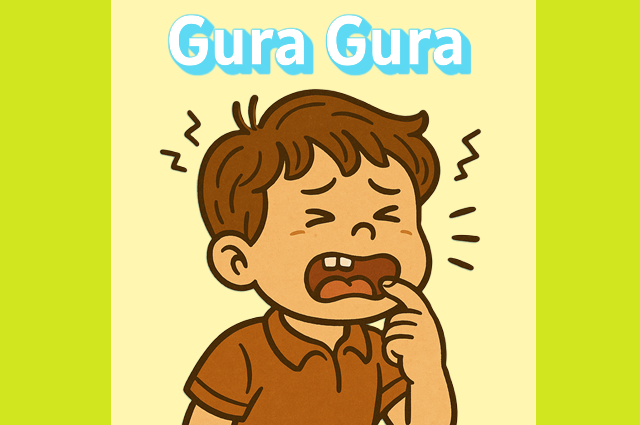
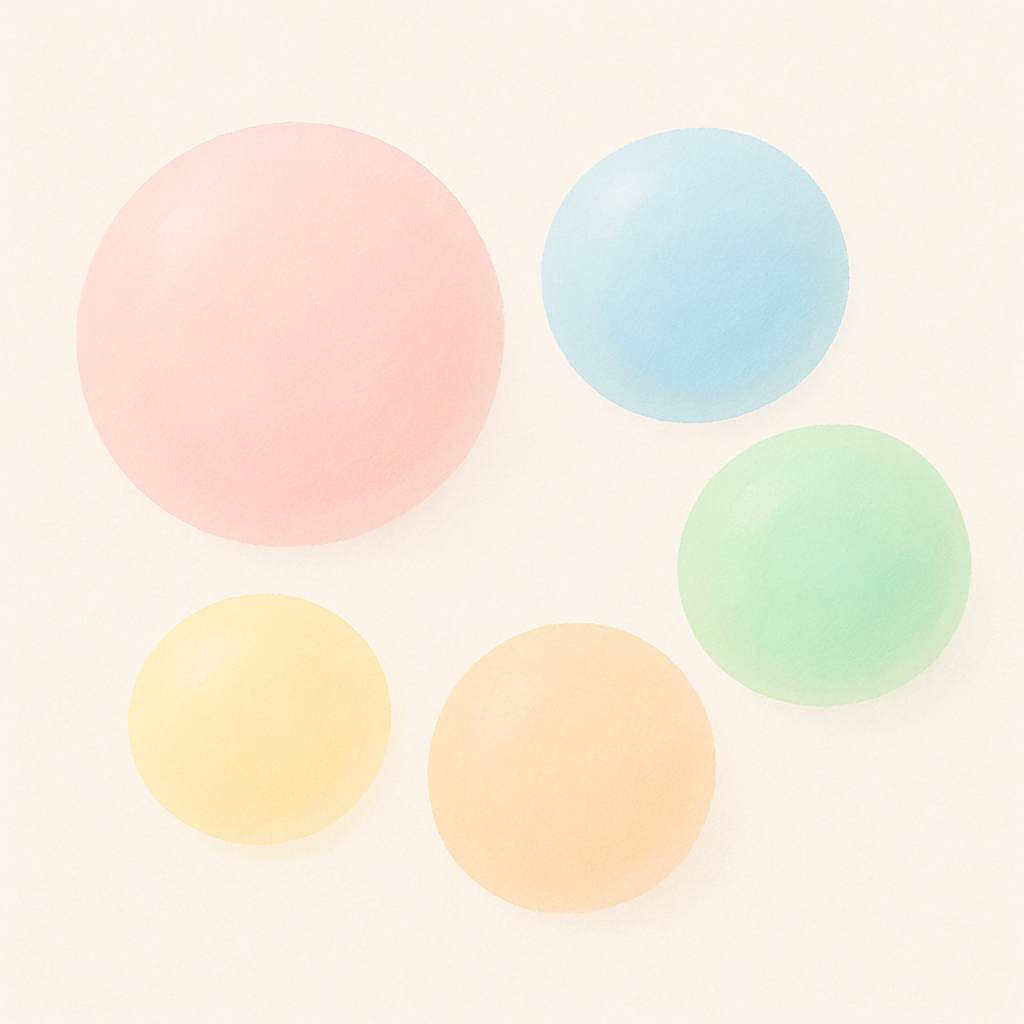

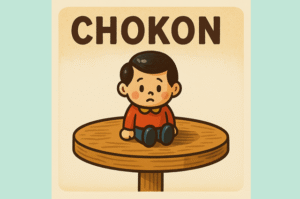
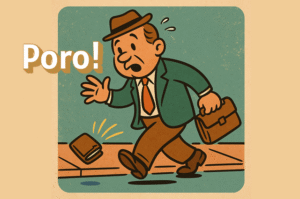
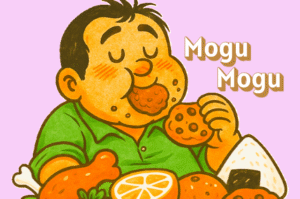
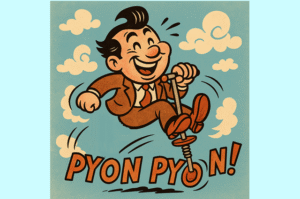

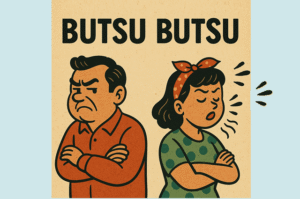
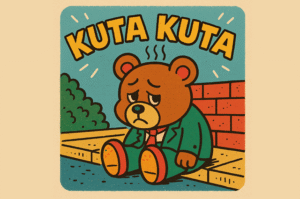

Comments